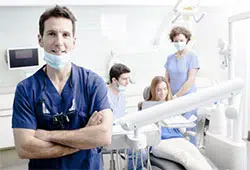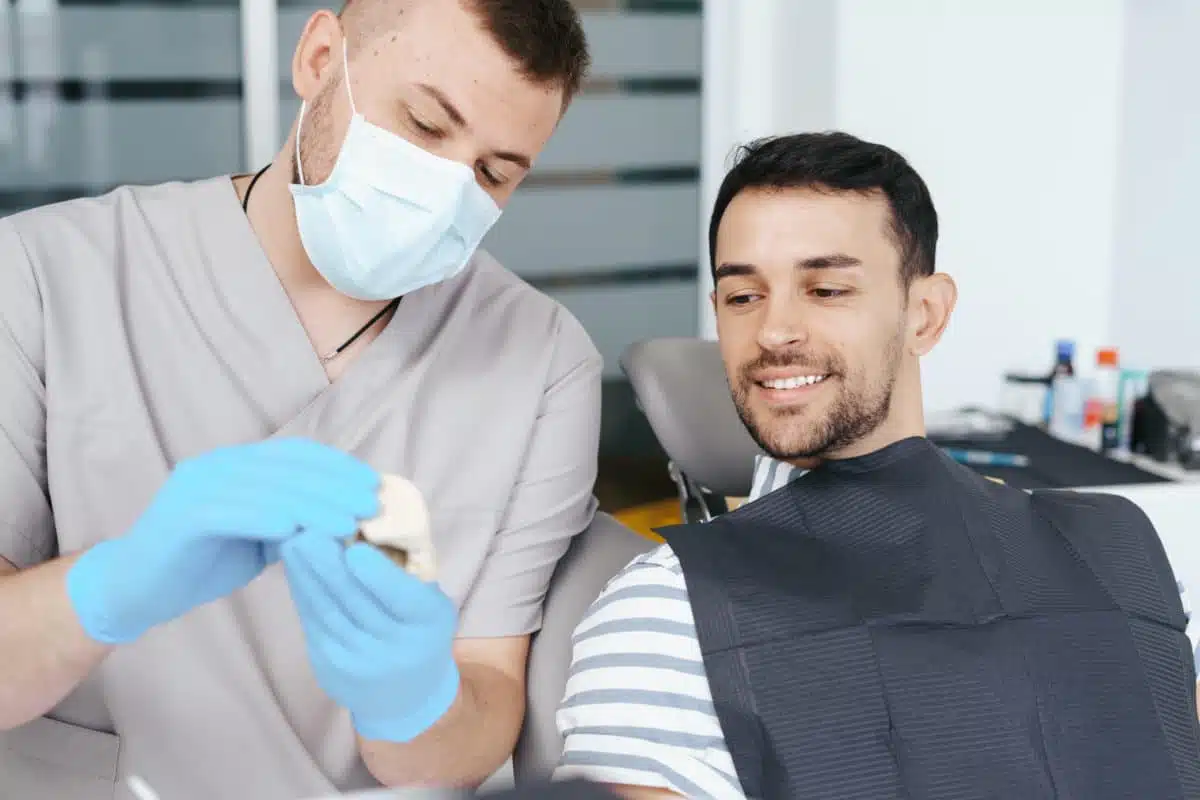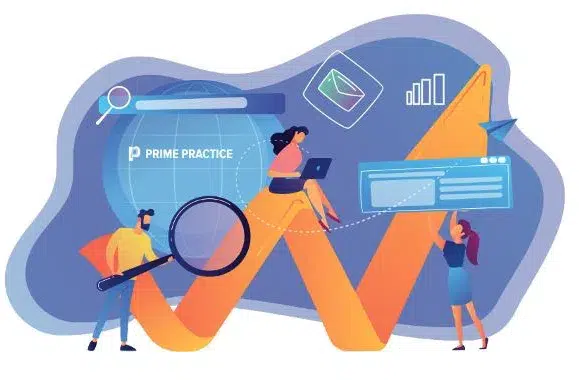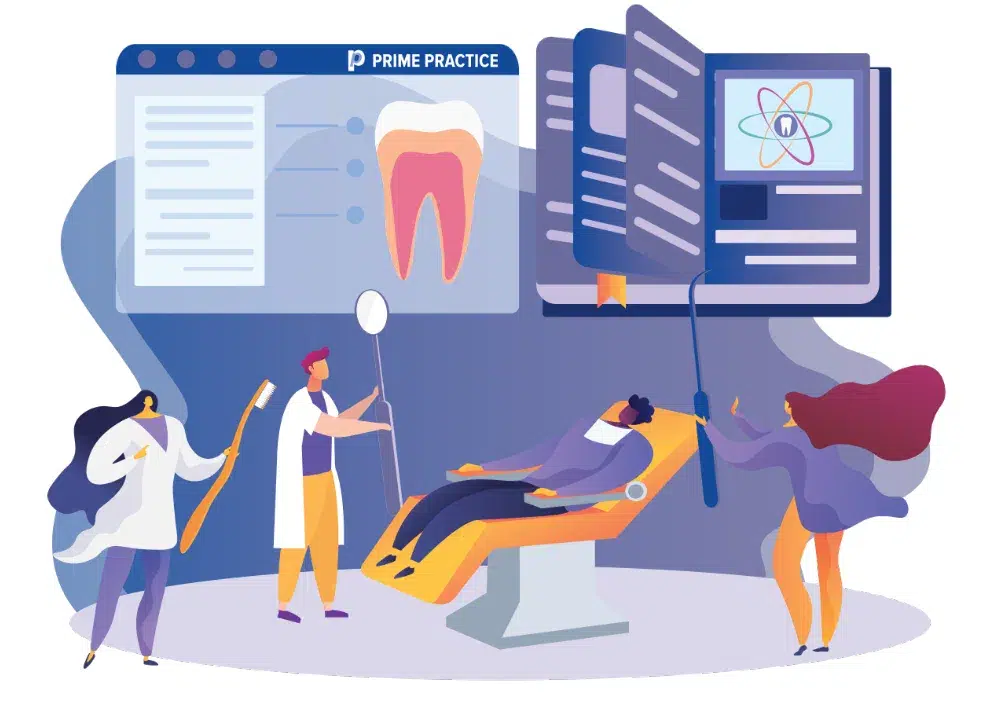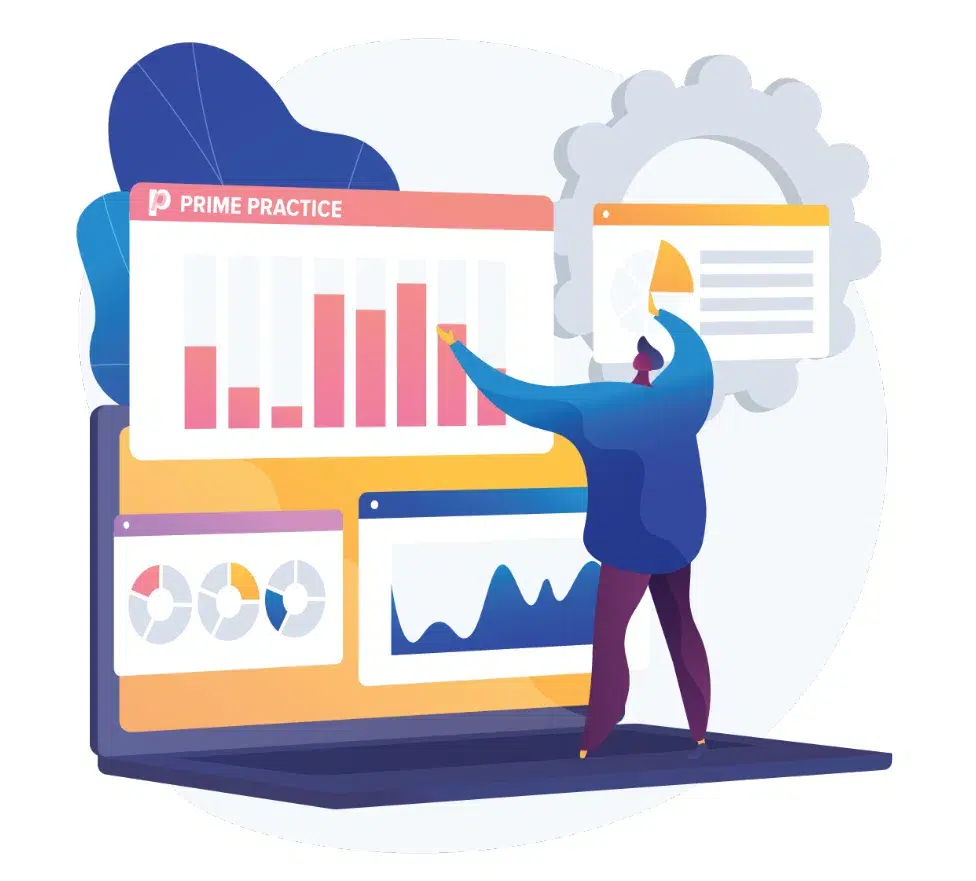No products in the cart.
Patient Communication
Are you experiencing “The Rejected Dentist Syndrome”?
Do you have the rejected dentist syndrome?
Edited and updated on October 15, 2020.
When we ask dentists the question “if we looked into the mouths of everyone in the population, would we see more under-treatment or over-treatment?”. The resounding answer is generally “under-treatment”. If that is indeed true, it is valuable to explore the reasons why it may be the case. Sure, for a percentage of the population, we could attribute it to patients’ financial constraints. But for a moment, I invite you to consider that most of the time it is due to a few fundamental and common fears that lie within most dentists’ mindset:
- Fear of upsetting the patient.
- Fear of being accused of over-servicing.
- Fear of losing a patient.
- Fear of bad online reviews.
Ultimately, a FEAR OF REJECTION and here is how it plays out over time…
Young Dr. X graduates and starts out in private practice. He is eager and keen to flex his clinical expertise and provide the best possible long-term solution for the patient. He is hard-wired to find problems and fix them. He recommends the optimal solution, but the patient politely elects to leave it for a while.
Disappointed but not despondent, he moves on to the next patient. It is going well, the patient seems to be on board; they are nodding and smiling and saying all the right things. However later on, when Dr X goes to the front desk, he finds out that the patient said they would “think about it”.
Down but not out, the dentist moves on to the next patient. It goes well, the patient accepts optimal treatment and books their next appointment. However, they fail to attend.
Unfortunately, it is a familiar, tiring and depressingly repetitive story for many dentists when offering treatment for patients. Especially when it comes to elective and expensive treatment.
Thus, begins the cycle of the Rejected Dentist Syndrome.
Dr. X understandably retreats from the impact of repeated rejection and looks for way to avoid treatment options being rejected. “The easiest way to avoid rejection”, he thinks, “is to only offer options I know the patient will accept”.
Unfortunately for Dr. X, the impacts of only offering low-cost, sub-optimal treatment – psychologically, emotionally, and financially – are significant. Additionally, there is the impact on the patient base and their long-term oral health.
So… how do dentists break free from this cycle of rejection?
The answer is NOT to get ‘better’ at handling rejection, but rather to explore ways to avoid the rejection from happening in the first place.
The Rejected Dentist Syndrome does not occur due to a lack of clinical skills, but rather, because of a lack of communication skills. Communication is the key. This requires a shift in the traditional dynamic between dentist and patient. Significantly, the ability to shift that dynamic lies in the hands (or more to the point, the mouth) of the dentist.
Dentists need new ways to build trust and rapport with their patients, especially new ones. They need to develop an approach that allows patients to own their oral health problems. As such, dentists become the source of the solution that the patient is now seeking.
Will this also lead to a greater level of case acceptance? It will. Just don’t focus on that as an outcome. Let it be the result of the shift in the way you communicate with your patients and the new dynamic created between you and the patient. You CAN avoid getting stuck in the Rejected Dentist Syndrome – it just may take a bit of work on your part (and of course, a little help from us ?).



 Coaching Solutions
Coaching Solutions



